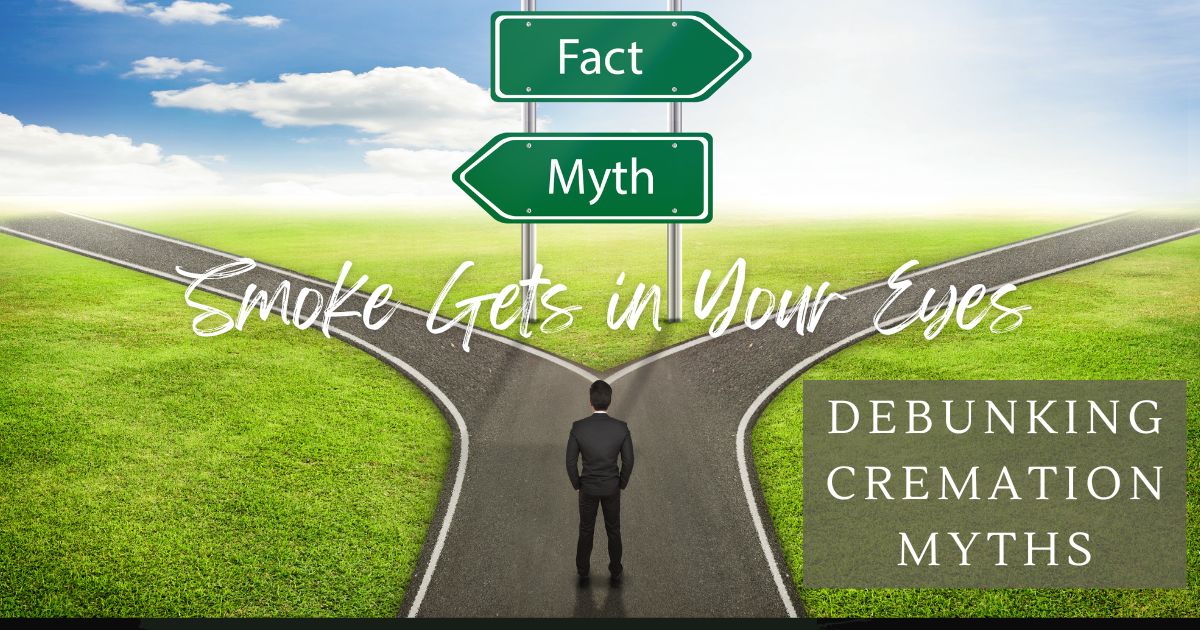
Cemeteries are more than just final resting places; they are outdoor museums, rich in symbolism and historical narratives. Every headstone, monument, and inscription tells a story, offering glimpses into the lives of those who came before us and reflecting the cultural values and beliefs of their time. This article delves into the fascinating world of cemetery symbolism and iconography, deciphering the hidden language of these sacred spaces and uncovering the stories they tell. Throughout history, certain symbols have held enduring meaning in cemeteries, conveying messages of hope, remembrance, and the enduring nature of the human spirit. Angels: Angels, often depicted as winged figures with serene expressions, symbolize spirituality, protection, and the transition from earthly life to the afterlife. They offer comfort and reassurance to those who mourn, representing a connection between the earthly and spiritual realms. Crosses: The cross, a central symbol in Christianity, represents faith, sacrifice, and resurrection. Its presence on headstones signifies the deceased's religious beliefs and offers a message of hope for eternal life. Flowers: Flowers have long been associated with remembrance and mourning. Different flowers carry specific meanings, such as lilies symbolizing purity and innocence, roses representing love and devotion, and forget-me-nots signifying enduring memory. Birds: Birds, often depicted in flight or perched on branches, symbolize the soul's journey to the afterlife, freedom from earthly constraints, and the hope of eternal peace. Hands: Hands clasped in prayer or pointing upwards symbolize faith, devotion, and a connection to the divine. Hands shaking represents farewell and the bonds of friendship or love that transcend death. Epitaphs, the inscriptions on headstones, offer personalized messages of remembrance and often provide clues to the deceased's life, values, and personality. Common phrases like "Rest in Peace" or "In Loving Memory" express sentiments of peace and enduring love. Epitaphs may also include quotes from literature, scripture, or poetry that hold meaning for the deceased. Analyzing the language and imagery used in epitaphs can offer insights into the cultural context of the time and the individual's beliefs and values. The architectural styles of monuments and mausoleums also contribute to the storytelling within cemeteries. Gothic Revival architecture, with its pointed arches and intricate details, evokes a sense of spirituality and reverence. Classical styles, inspired by ancient Greek and Roman architecture, convey notions of timelessness, grandeur, and enduring legacy. Art Deco designs, with their geometric patterns and streamlined forms, reflect a more modern aesthetic and a celebration of individuality. Even the landscaping within a cemetery contributes to its symbolic language. Winding paths symbolize the journey of life, while carefully manicured lawns and flower beds represent order and tranquility. The presence of water features, such as fountains or ponds, evokes themes of reflection, renewal, and the passage of time. Cemeteries serve as cultural time capsules, reflecting the evolving values, beliefs, and artistic expressions of society. By studying the symbolism and iconography within these spaces, we gain a deeper understanding of our history, our cultural heritage, and the enduring human experiences of love, loss, and remembrance. Cemeteries offer a unique opportunity to connect with the past, learn from those who came before us, and reflect on our own place within the tapestry of human existence.Symbols of Hope and Remembrance
Deciphering Epitaphs
Architectural Styles and Their Significance
The Language of Landscaping
Cemeteries as Cultural Time Capsules





